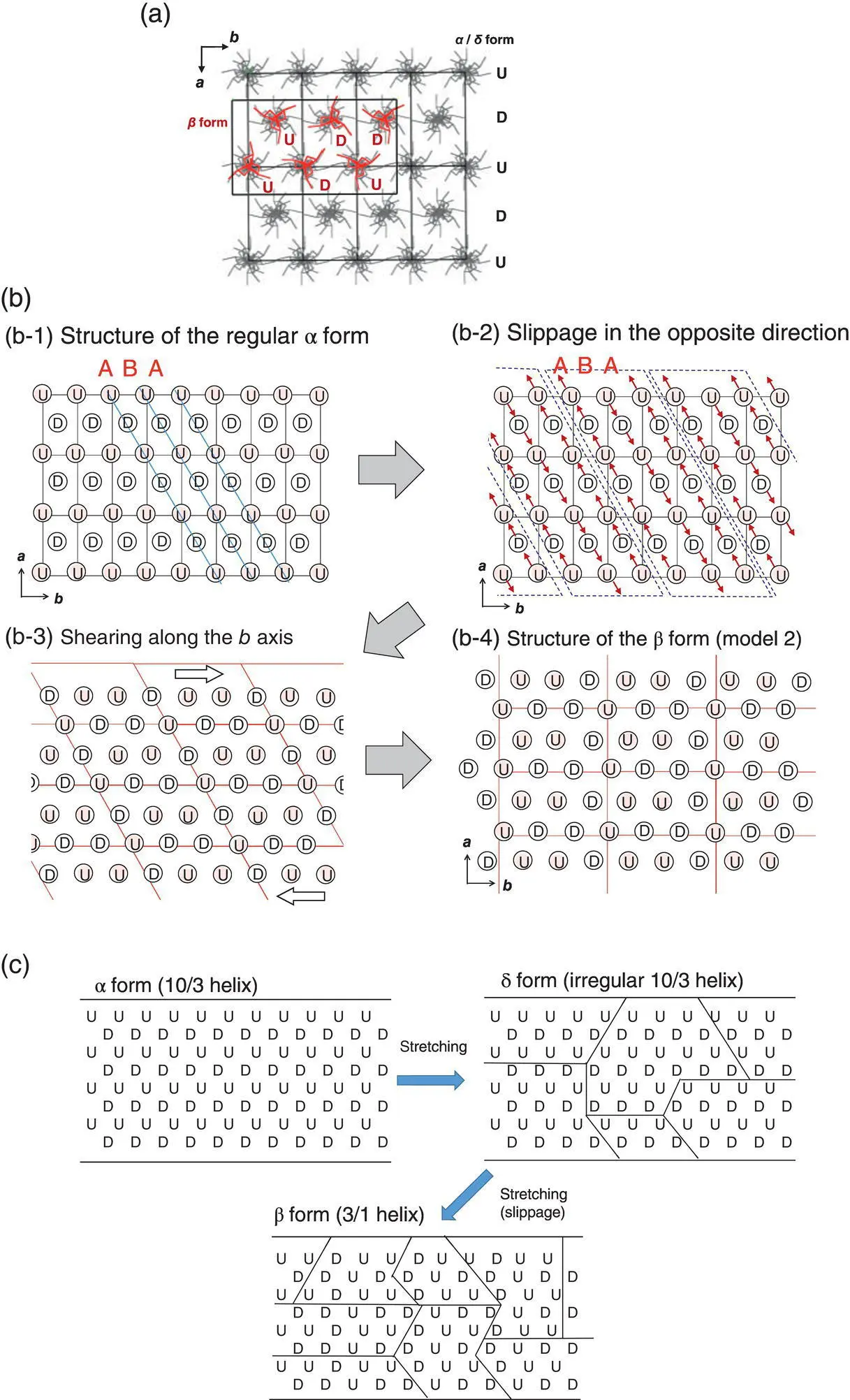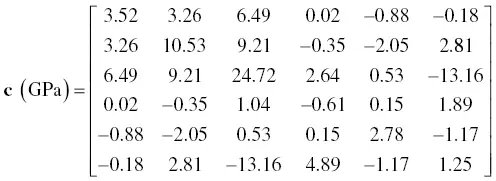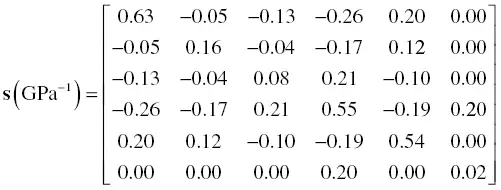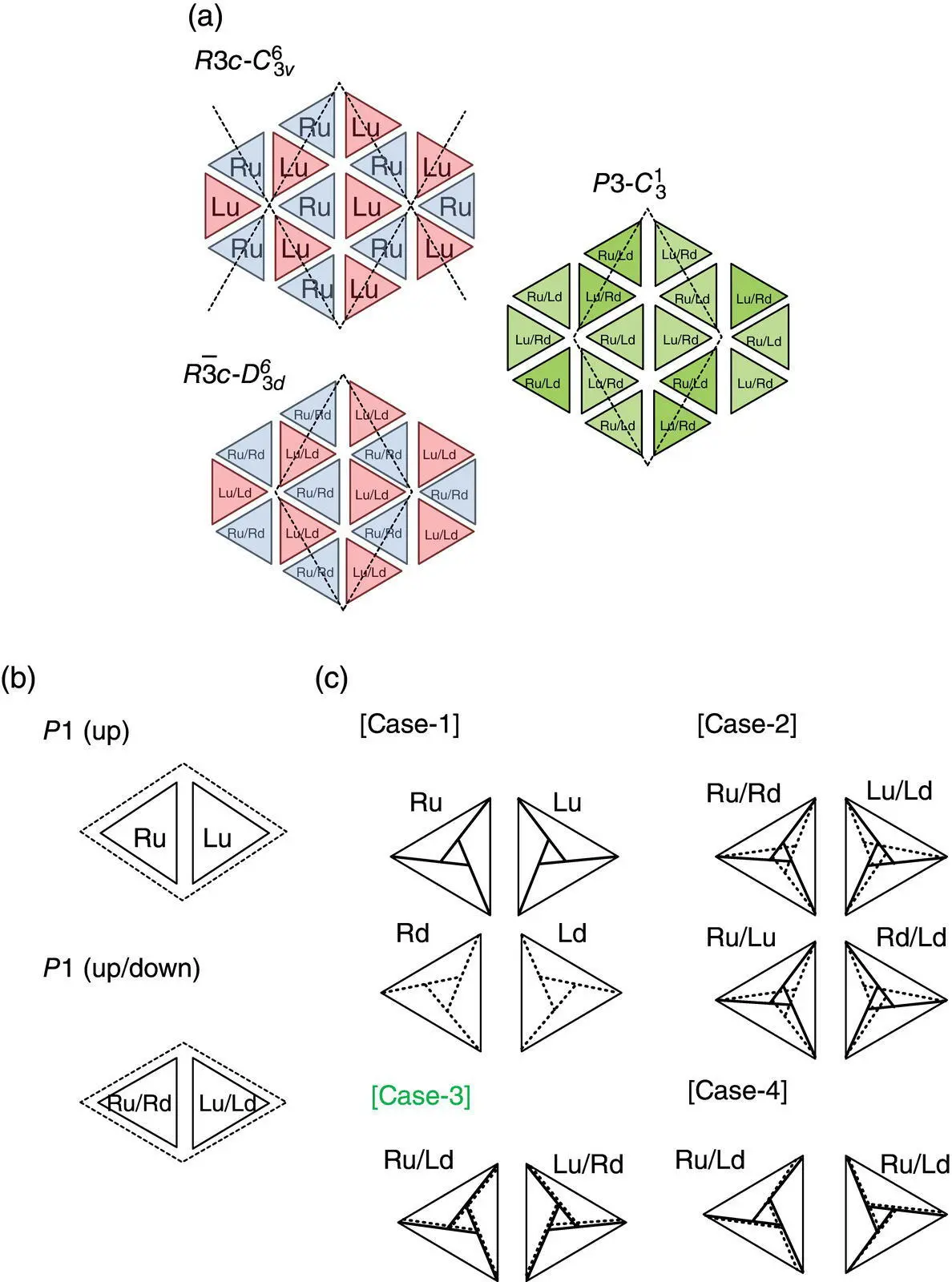Poly(lactic acid)
Здесь есть возможность читать онлайн «Poly(lactic acid)» — ознакомительный отрывок электронной книги совершенно бесплатно, а после прочтения отрывка купить полную версию. В некоторых случаях можно слушать аудио, скачать через торрент в формате fb2 и присутствует краткое содержание. Жанр: unrecognised, на английском языке. Описание произведения, (предисловие) а так же отзывы посетителей доступны на портале библиотеки ЛибКат.
- Название:Poly(lactic acid)
- Автор:
- Жанр:
- Год:неизвестен
- ISBN:нет данных
- Рейтинг книги:5 / 5. Голосов: 1
-
Избранное:Добавить в избранное
- Отзывы:
-
Ваша оценка:
- 100
- 1
- 2
- 3
- 4
- 5
Poly(lactic acid): краткое содержание, описание и аннотация
Предлагаем к чтению аннотацию, описание, краткое содержание или предисловие (зависит от того, что написал сам автор книги «Poly(lactic acid)»). Если вы не нашли необходимую информацию о книге — напишите в комментариях, мы постараемся отыскать её.
Poly(lactic acid) Synthesis, Structures, Properties, Processing, Applications, and End of Life
Poly(lactic acid) Synthesis, Structures, Properties, Processing, Applications, and End of Life, Second Edition
Poly(lactic acid) — читать онлайн ознакомительный отрывок
Ниже представлен текст книги, разбитый по страницам. Система сохранения места последней прочитанной страницы, позволяет с удобством читать онлайн бесплатно книгу «Poly(lactic acid)», без необходимости каждый раз заново искать на чём Вы остановились. Поставьте закладку, и сможете в любой момент перейти на страницу, на которой закончили чтение.
Интервал:
Закладка:

FIGURE 6.15 (a) Comparison of the unit cell ab ‐plane structure between the α (δ) and β forms, where the model 2 is employed for the β form. The U and D indicate the upward and downward helical chains along the c axis, respectively. (b) A schematic illustration of the structural transformation model from the α (α ′) form to the β form. The set of arrays A, B and A slip along the 110 planes.
Source: Modified from the reference [20]. Reproduced from Wang et al., Macromolecules 2017, 44, 3285–3300.
(c) The change of the X‐ray coherent domain size in the transition process from the α to δ to β forms.
PLLA α form
Elastic constants matrix,

Compliance tensors matrix,

PLLA δ form


PLLA β form


The calculated Young’s moduli along the c ‐axis ( E c= 1/ s 33) are compared among the α, δ, and β forms, as shown below:
α form: E c = 14.7 GPa [66] (X‐ray observed 13.76 GPa [66, 73])
δ form: E c = 12.5 GPa [66] (X‐ray observed 12.58 GPa [66])
β form: E c = 15.4 GPa [20]
The experimental evaluation of the Young’s modulus of the crystal lattice along the chain axis, which is often called the crystallite modulus, was performed using the X‐ray diffraction method [67], where the crystalline strain along the chain axis was measured under constant tensile stresses by assuming the stress working on the crystalline region was equal to the stress of the bulk sample (the assumption of homogeneous stress distribution) [67, 72]. The agreement between the observed and calculated values is relatively good. The crystallite modulus changes depending on the conformational regularity of the PLLA chain: the mesophase (6.7 GPa) < the δ form (12.9 GPa) < the α form (14.7 GPa) < the β form (15.4 GPa). For reference, the X‐ray‐measured crystallite modulus of PLLA/PDLA stereocomplex is 20 GPa, in which the PLLA or PDLA chain takes a 3/1 helical conformation similar to that of the β form [73].
The crystallite modulus changes depending on the mechanical deformation mechanism of the molecular chain, i.e., the degree of change in the internal coordinates (bond lengths, bond angles, and torsional angles) induced by the external force [67–71]. For example, a planar‐zigzag polyethylene chain is deformed by the stretching of C─C bonds and the deformation of C─C─C bond angles, resulting in a Young’s modulus of 300 GPa [67, 69]. The deformation of a helical chain is induced mainly by the change of the torsional angles, giving 1–2 order lower modulus. The deformation of PLLA helical chains also occurs through the torsional angles around the skeletal C─C and C─O bonds. The disordered chain is more easily deformed due to the easier torsional angle changes. In addition, the methyl groups jutting from the main chain significantly increase the effective cross‐sectional area of the chain. The synergetic effect of these two factors results in the above‐mentioned order of the modulus among the meso, δ, α, and β forms. The crystallite modulus of PLLA chain (in the order of 15 GPa) is lower than those of isotactic polypropylene (34 GPa) and polyoxymethylene (70 GPa) [66, 70], which can be understood from the difference of the chain conformation; the latter two polymers have a tighter and more rigid helical conformation than the PLA chain.
The anisotropic mechanical property is also important. The Young’s modulus in the plane perpendicular to the chain axis is governed mainly by the H…H interatomic interactions between the neighboring chains [67]. The Young’s modulus of PLLA in the lateral direction is in the same order as that of polyethylene, isotactic polypropylene, and so on [66, 67,71 ].
6.5 STRUCTURE AND FORMATION OF PLLA/PDLA STEREOCOMPLEX
6.5.1 Reconsideration of the Crystal Structure
The stereocomplex of PLLA and PDLA was discovered in 1987 by Ikada et al., in which the blend samples of various L/D ratios were prepared from solution [27]. They reported the formation of stereocomplex occurs apparently over a comparatively wide range of L/D ratio. But their conclusion was that the complexation occurs stoichiometrically at the 1 : 1 ratio only, and the excess amount of the component is crystallized into the α form or remains in the amorphous region.
The crystal structure of PLLA/PDLA stereocomplex was proposed by Okihara et al. by analyzing the WAXD and electron diffraction data [28, 33]. The unit cell dimensions were a = 9.16 Å, b = 9.16 Å, and c (chain axis) = 8.70 Å, α = 109.2°, β = 109.2°, and γ = 109.8°. As shown in Figure 6.16b, a pair of PLLA and PDLA chain stems of 3/1 helical conformation is packed in the triclinic unit cell of space group P 1 with the statistically disordered mode: the upward and downward chains of the same handedness locate at 50% probability at a lattice site. On the basis of the X‐ray powder diffraction data, the electron diffraction data of a single crystal and also the packing energy calculations, Brizzolara et al. suggested the importance of the van der Waals interactions between the PLLA and PDLA chains [74]. By analyzing the electron diffraction data of a stereocomplex single crystal, Cartier et al. proposed a model of the trigonal unit cell with a = b = 14.98 Å, c (chain axis) = 8.70 Å, α = β = 90° and γ = 120° [75]. As shown in Figure 6.16a, the three couples of PLLA and PDLA pairs are packed in this large cell. They proposed the two candidates of the space group: R 3 c and  . In the former case, all the chains are directed toward the same direction concerning the upward and downward orientation along the chain axis. In the latter case, the upward and downward chains are positioned at 50% probability at one lattice site.
. In the former case, all the chains are directed toward the same direction concerning the upward and downward orientation along the chain axis. In the latter case, the upward and downward chains are positioned at 50% probability at one lattice site.

FIGURE 6.16 (a) and (b) Various chain packing modes of PLA stereocomplex with L/D 50/50 ratio. (c) Illustrated structures of the R and L chain stems projected along the chain axis.
Source: Reproduced from Tashiro et al., Macromolecules 2017, 50, 8048−8065.
At this point, we have to remember one important experimental data, which was reported by the several researchers [27, 37, 46, 76]: the PLLA/PDLA stereocomplex is formed at an L/D mass ratio in the region of 7/3–4/6, not only at 5/5. The X‐ray diffraction data are shown in Figure 6.17a and b. The sample films were blends of L/D 50/50 and 70/30 ratio, which were cast from the chloroform solution. The film was heated up continuously, during which the X‐ray diffraction profile was measured stepwise. The starting samples showed the weak peaks of the α form in addition to the main amorphous halo. By heating, the α form peaks increased in intensity and disappeared at the melting point (~190°C). In parallel, the diffraction peaks of the stereocomplex started to appear and increased. These peaks disappeared at 230°C, the melting point of the stereocomplex. After being melted, the sample was cooled slowly toward the room temperature. During cooling, only the X‐ray peaks of the stereocomplex appeared and increased in intensity. On the second heating, only these peaks were observed, and no trace of the α peaks was detected up to the melting. This finding was observed not only for the L/D = 50/50 sample but also for the L/D = 70/30 sample. Beyond the ratio 70/30, the blend sample showed a mixture of the X‐ray diffraction peaks of the stereocomplex and the α form. The relative intensity for the stereocomplex and α form peaks is plotted against the L/D content as shown in Figure 6.17c. The pure stereocomplex was detected in the L/D ratio of 70/30–40/60. By combining the various experimental data, the most reasonable structure is the co‐crystallization model of PLLA and PDLA chains at the various ratios.
Читать дальшеИнтервал:
Закладка:
Похожие книги на «Poly(lactic acid)»
Представляем Вашему вниманию похожие книги на «Poly(lactic acid)» списком для выбора. Мы отобрали схожую по названию и смыслу литературу в надежде предоставить читателям больше вариантов отыскать новые, интересные, ещё непрочитанные произведения.
Обсуждение, отзывы о книге «Poly(lactic acid)» и просто собственные мнения читателей. Оставьте ваши комментарии, напишите, что Вы думаете о произведении, его смысле или главных героях. Укажите что конкретно понравилось, а что нет, и почему Вы так считаете.












